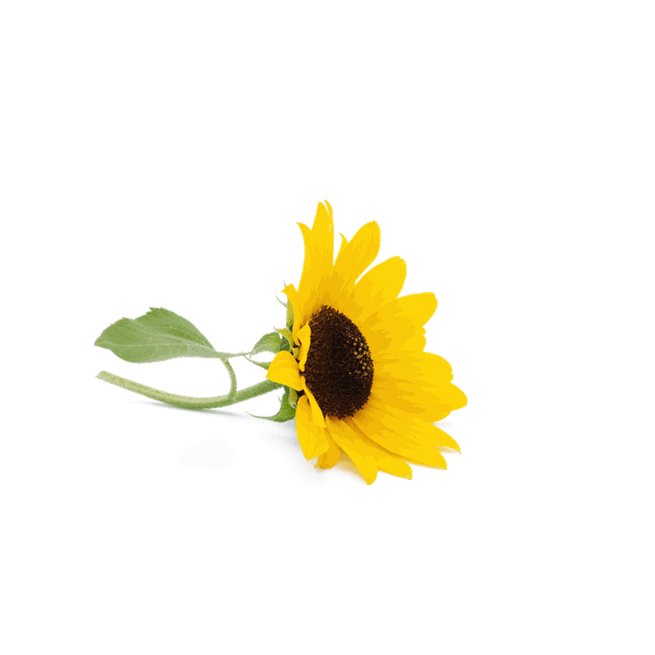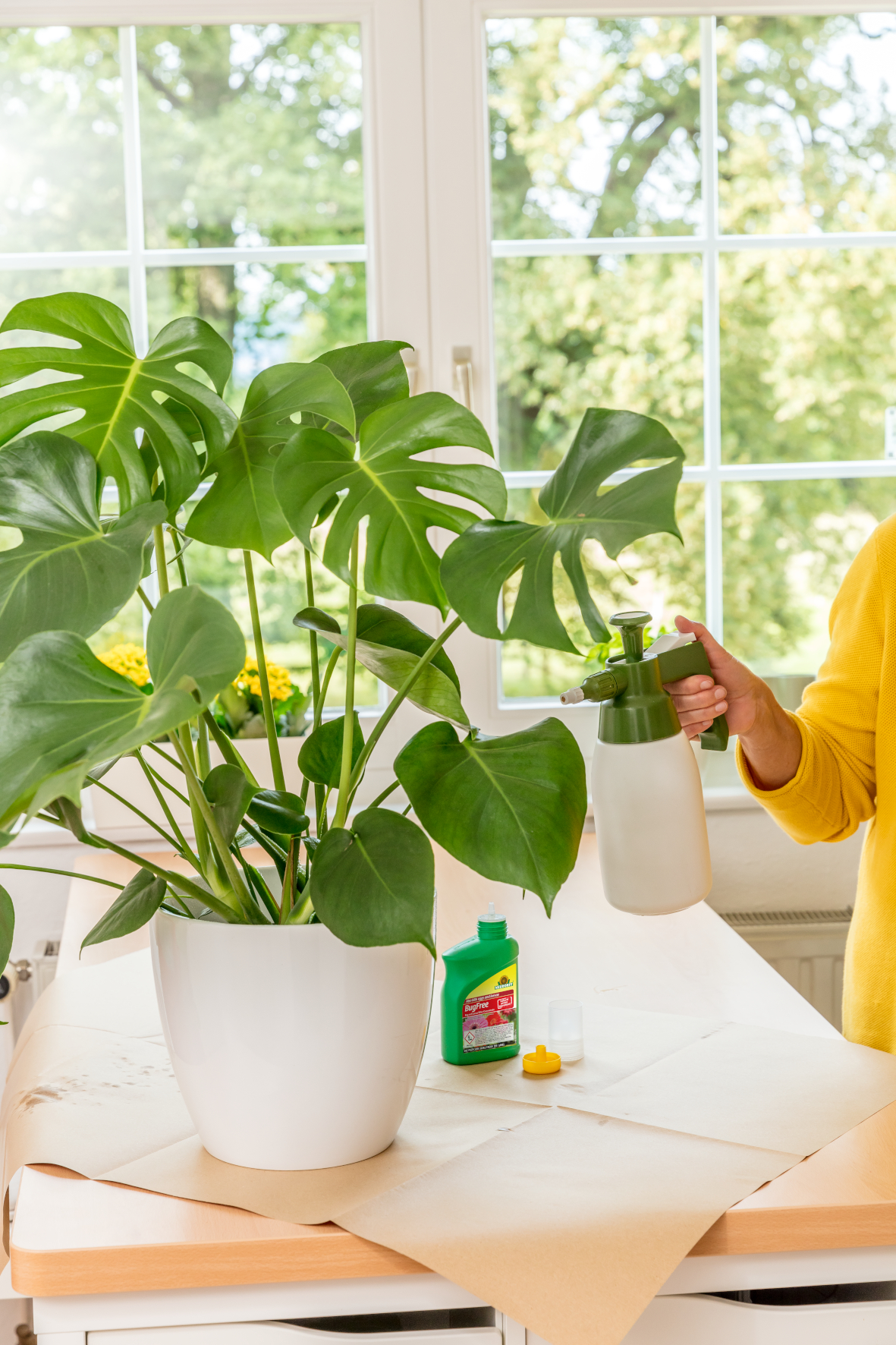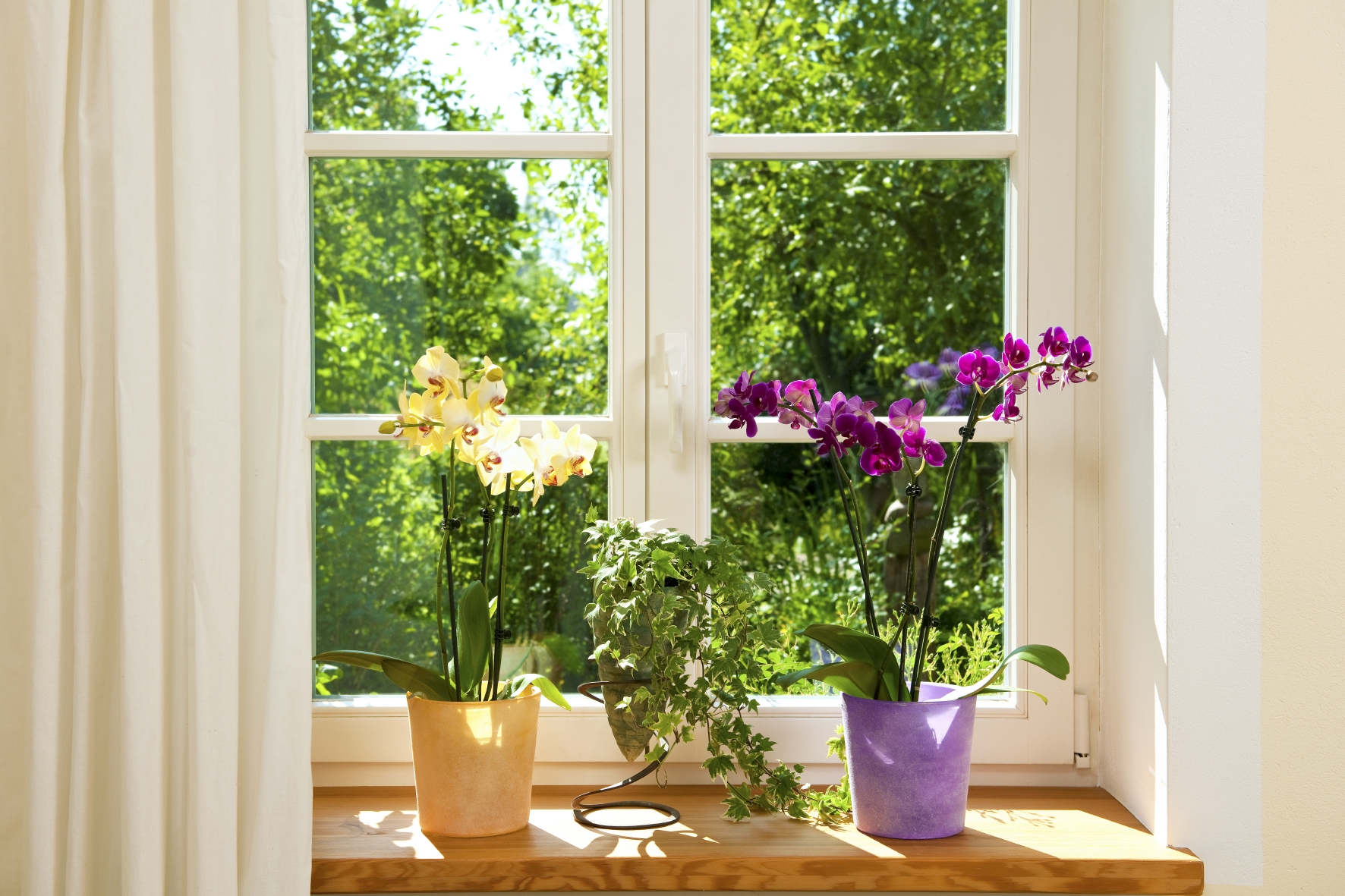Houseplants
Green ivy winding down from a shelf, a lush fern cheering up a dark corner or an extravagant orchid bringing an exotic flair into the house – plants introduce colour and truly make rooms come alive. With the right location and the right care, you will have many years of enjoyment with your plants.
If green fingers aren't enough
If despite taking the best care of your houseplants, pests take hold, you can tackle them quickly and effectively. Use Plant Flycatchers to catch flying pests such as whiteflies, fungus gnats or winged greenflies. The insects are attracted to the special yellow colour and stick to the insecticide free sticky surface. Or use BugFree Bug and Larvae Killer Concentrate+, effective against most houseplant pests. It contains natural pyrethrum derived from the flower of the chrysanthemum, an active ingredient that comes from rapidly renewable natural sources. BugFree Bug and Larvae Killer Concentrate+ is very well tolerated by plants.
Repotting houseplants correctly
When roots are growing out of the pot, then your plants need a bigger pot and fresh soil. Only repot from March to September when your plants are in their growing phase. The new pot should be about 3 cm bigger in diameter than the old one. Here's how to go about it:
- Carefully loosen the plant roots, shake off old soil
- Remove wilted plant sections
- Cover the drainage hole in the new pot with clay fragments
- Fill with a small amount of soil so that the plant is seated as deeply as before
- Put in the plant
- Fill with soil, pressing down lightly
- Water thoroughly
Be sure to use high quality soil. Roots can only grow strongly when they have perfect conditions.
Exotic beauties - Orchids
In their natural habitat many species of orchid grow as so-called “air plants” (epiphytes) in forked branches and tree canopies. The tree only holds them, their roots do not penetrate the trunk. They feed themselves from the thin humus layer on the trees. This lifestyle of tropical orchids explains their special requirements. With their roots they take in the water they need to grow from the air. It is essential, of course, that they are not placed in normal potting soil. A good orchid soil has a breath - able, solid structure to it. It only decomposes slowly, therefore providing the orchid roots with an airy yet solid substrate in which it can quickly dry off and not rot.
Perfect habitat for orchids
There are as many shapes and colours to different orchids as there are habitat requirements. Orchids love light but not direct sunlight. Make sure that there is a high level of humidity, particularly during the heating period. For all species, it is important that the temperature at night is lower than during the day as this fluctuation encourages the formation of flowers. If night temperatures are too high then some varieties produce accordion-like folded leaves.
Care of orchids
Orchids are perfect for lazy plantowners as their needs are very modest:
- Hold the plant in the washbasin about once a week and thoroughly soak with luke-warm water until the water runs out of the pot. When it has finished dripping, replace in its position





